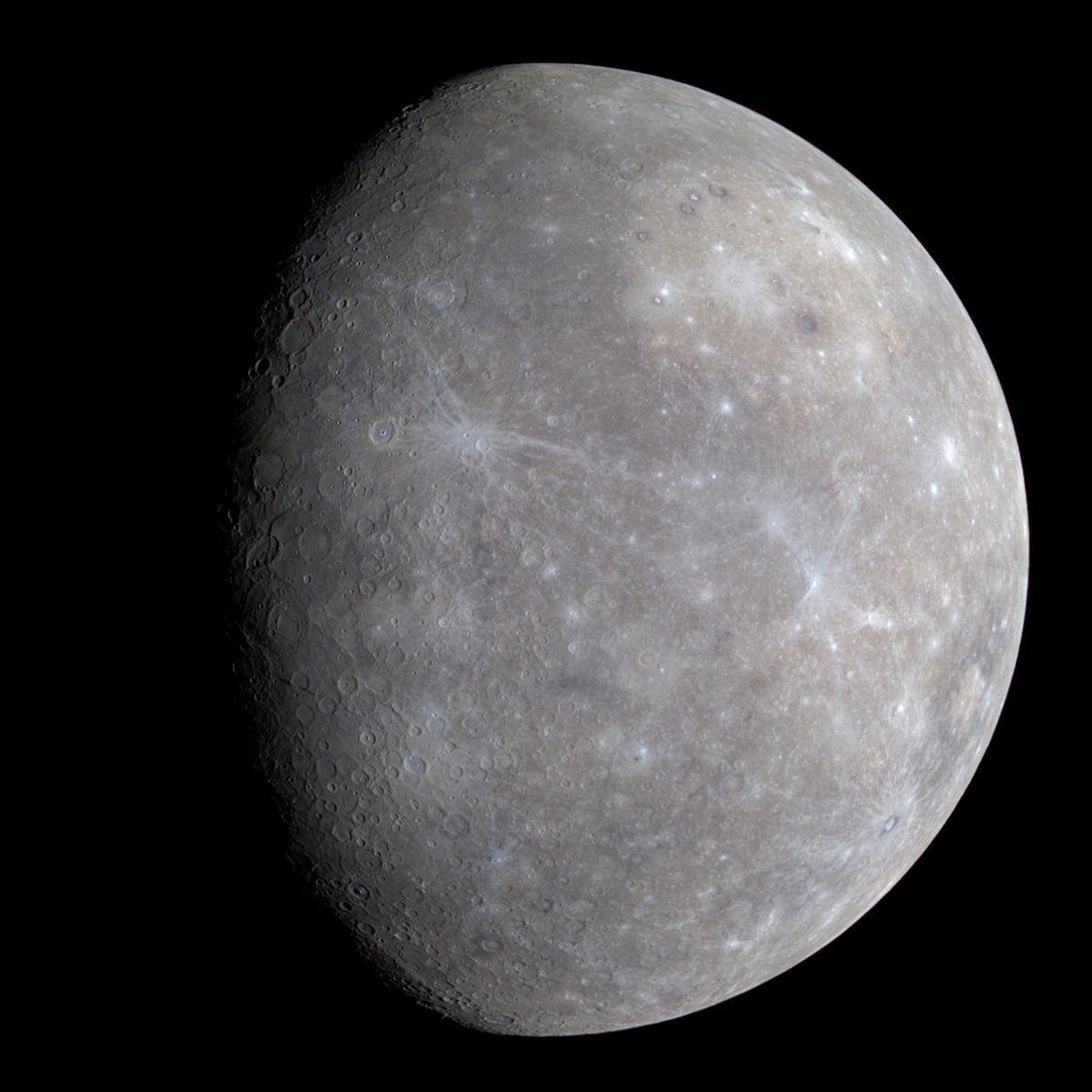Discovery of planet ” Pluto”
Since the discovery of Pluto in 1930, children have only learned that there are nine planets in the solar device when they grow up. All of this changed in the 1990s, and astronomers began to roughly debate whether Pluto is really a planet.
In a highly controversial decision, the International Astronomical Union finally decided in 2006 to designate Pluto a “dwarf planet”, reducing the list of true planets for solar installations to just eight.
However, after revealing the mathematical evidence for its life on January 20, 2016, 4,444 astronomers are still trying to find every other possible planet in our solar facility, the true ninth planet.
The so-called “Ninth Planet”, also known as “Planet X”, is believed to be approximately 10 times the mass of the Earth and 5,000 times the mass of Pluto. The four inner planets closest to the Sun (Mercury, Venus, Earth, and Mars) are often called “terrestrial planets” because of their rocky surfaces.
Pluto also has a rocky surface. Although it is frozen, it has never been classified with the four land surfaces. The four great outer worlds-Jupiter, Saturn, Uranus, and Neptune-are sometimes called Jupiter or “Jupiter-like” planets because they are huge relative to terrestrial planets.
They are also mainly composed of gases such as hydrogen, helium, and ammonia, rather than rock surfaces, although astronomers believe that some or all of them may have solid cores. Jupiter and Saturn are sometimes called gas giants, while the more distant Uranus and Neptune are called ice giants.
According to the Planetary Association, this is because Uranus and Neptune have more atmospheric water and other ice-forming molecules, such as methane, hydrogen sulfide, and phantom, which crystallize into clouds under the icy conditions of the planet. From a perspective, the crystallization temperature of methane is minus 296 degrees Fahrenheit (minus 183 degrees Celsius), or degrees.
A more important influence on Einstein was the young clinical agent Max Talmud (later Max Talmey), who often ate at Einstein's house. This comment became a casual mentor, allowing Einstein to understand higher science and reasoning.
IMPORTANT TURNING POINT
An important turning point occurred when Einstein was 16 years old. Before commenting, he was familiar with Aaron Bernstein's scientific arrangement for young people, Naturwissenschaftliche Volksbucher (1867-68; popular books on the physical sciences), in which the author envisioned riding close to power on the information line.
Einstein wondered at the time that in the next 10 years, his inferences would overwhelm his inferences: If you could get close, what would the radiation of light look like? If the light is a wave, then the optical axis should look fixed, similar to a frozen wave.
In fact, even as a child, he realized that he had never seen a fixed light wave, so Catch 22 appeared. Einstein also wrote his first “logic paper” (“the study of the state of the ether in a magnetic field “) at that moment.
Einstein's studies were frustrated by his father's repeated disappointments in business. In 1894, after his organization failed to reach a major agreement that shocked the city of Munich, Hermann Einstein moved to Milan to work with a family member.
Einstein stayed in a boarding house in Munich and was expected to finish his studies. At the age of 16, Einstein was lonely, desperate, and rejected by the possibility of coming military obligations.
He fled half a year later and arrived at his guardian's door in shock.
His family understood the big problem that he looked like a deserter and an unemployed evader. His opportunity does not seem encouraging.
Fortunately, Einstein was able to apply directly to Eidgenössische Polytechnische Schule (“Swiss Federal Institute of Technology”; in 1911, after expanding to full university status in 1909, it was renamed Eidgenössische Technische Hochschule, or “Swiss Federal Institute of Technology” )
In Zurich, if he passes the demanding placement test, he can be compared with the confirmation of the high school. His prints show that he has mastered the science and physical science, however, he failed in French, science, and science.
Due to his excellent number-related scores, he was allowed to enter the Polytechnic, depending on him first completing the appropriate tutoring. He attended a special high school opened by Jost Winteler in Aarau, Switzerland, and graduated in 1896.
At that time he also denied his German citizenship. (He remained stateless until he was allowed to obtain Swiss citizenship in 1901.) He and the Winterler family became entrenched partners and he stayed with them.
Winterer's daughter Mary is Einstein's first love; Einstein's sister Maya eventually married Winterer's son Paul; his beloved partner Michelle Besso will marry their eldest daughter Anna.) Einstein, You will remember your years in Zurich, which may be the happiest period of your life.
He met many students who could become firm partners, such as mathematicians Marcel Grossmann and Besso, and was happy to have a long discussion about existence with them.
He also met his future wife Mileva Maric, a personal materials science student from Serbia. orbits the sun in 88 days. Mercury is the closest planet to the sun and the smallest planet, which is larger than the earth's moon.
Because it is so close to the sun (approximately two-fifths of the distance between the earth and the sun), Mercury's day and night temperature will fluctuate amazingly-the daytime temperature can reach 840 degrees Fahrenheit (450 degrees Celsius), what a suitable ampoule Dissolve lead. At the same time, at night, the temperature drops to 290 F (below 180 C).


